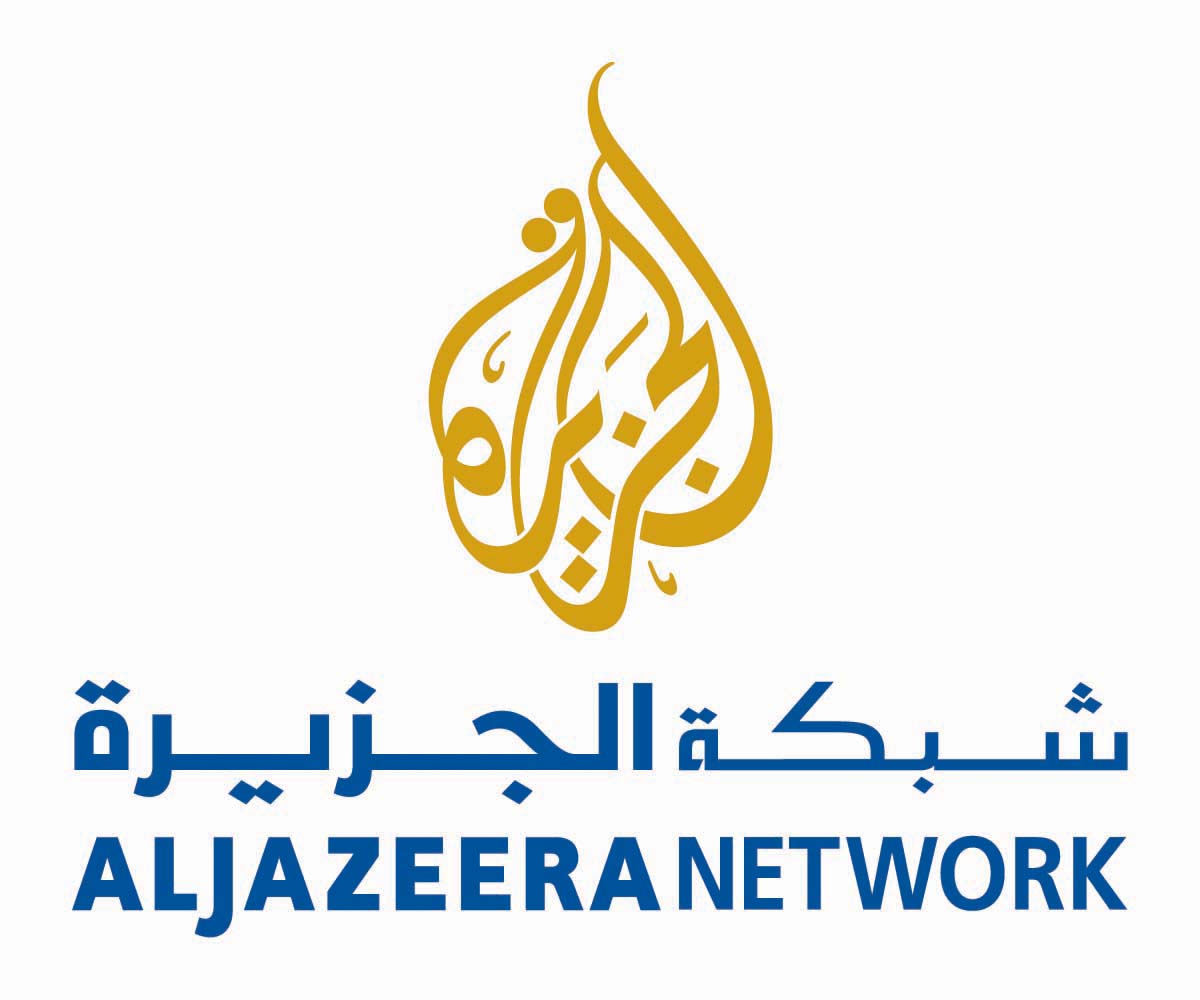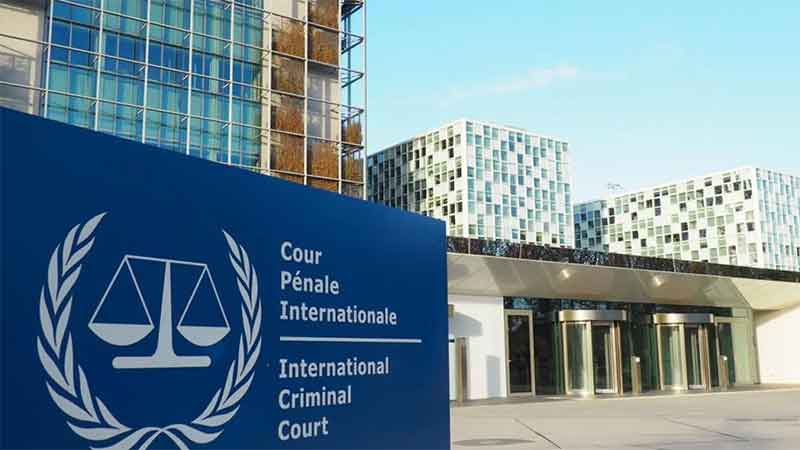
There are several widely publicized schemes of the government to reduce poverty and increase welfare of people, but in order to understand their real impact many relevant questions need to be asked.
In the case of rural employment guarantee or NREGA we need to know to what extent the demands for employment works are actually being met, and to what extent the 100 day employment entitlement in a year is being met? Are wages adequate and are these being paid in time? If there are delays beyond the stipulated period, how long are these delays and is any compensatory payment made for the delay? Are essential worksite facilities being provided? Is the work taken up contributing to sustainable development of village? Are wage payment and attendance procedures such as to cause avoidable delays, expenses and harassment to workers and ‘mates’? In the middle of all these issues, is the NREGA still the great help for the poorest it is supposed to be? Has the contractor system made a backdoor entry? To what extent is the work being done by machines but shown to be done manually? Are old works being shown as new works? What is the scale of corruption in implementation? Is what is being done in the name of reducing corruption having adverse impacts in terms of increasing problems of workers and is a different, community-based approach to checking corruption needed?
In the case of housing for rural poor scheme or PM Awas, is the money being given really adequate for a satisfactory and safe house, particularly when it is given in installments? Are corruption and commissions involved in getting the payments, and what is the net help the beneficiary gets after paying all commissions? Due to the role of corruption and other factors, are the poorest actually selected, or do many of the houses go to those better-off families who have influence and can afford to pay bribes?
In the case of rural sanitation schemes, once a village is declared ODF, after about a year or two is a review done to find out how many of the toilets are actually being used and to what extent open defecation still continues and what are the reasons for this? In areas where new toilets are widely used, has poor construction led to contamination of water sources? What is being done about this?
In the cases of water schemes, even when new pipelines and taps are in place, has adequate attention been given to protecting the source of water and to water conservation? Are factors like deforestation and indiscriminate mining continuing to reduce water conservation and deplete water sources? Is more water being diverted to industries and big cities (where it is used more wastefully) from villages?
Are agricultural schemes contributing to sustainable, ecologically protective, low-cost, low-risk, climate resilient and self-reliant development, or are these merely aimed at providing some short-run benefits and/or promoting the dominance of big business interests (such as by promoting GM seeds)?
These and similar questions have to be raised to understand the real impact of welfare and poverty reduction schemes. Another question that should get serious attention relates to the extent to which the budget allocations announced for several schemes are cut later. In recent years the tendency to make big cuts in these schemes has increased. This will be clear from some examples given for 2021-22.
In the year 2021-22 for the Ministry of Tribal Welfare, the original allocation (or Budget Estimate, or BE) of Rs. 7524 crore ( one crore=10 million) was cut to Rs. 6181 crore at the time of preparing the Revised Estimate (RE). The Umbrella Program for Development of Scheduled Tribes had a BE during 2021-22 of Rs. 4303 crore but this was later revised downwards to 3797 crore. For the Umbrella Program for the Development of Minorities the budget for the past year was cut from Rs. 1564 crore to Rs. 1373 crore. In the case of the Umbrella Program for the Development of Other Vulnerable Groups there was a budget cut from Rs. 2140 crore to Rs. 1930 crore.
If we look at the Ministry of Labor, the Budget for Labour Welfare Scheme was reduced from BE of Rs. 150 crore to RE of Rs. 119 crore during 2021-22. For PM Shram Yogi Maandhan the BE of Rs. 400 crore was later reduced to RE of Rs. 350 crore. For PM Karam Yogi Maandhan the BE of Rs. 150 crore was reduced amazingly to RE of just Re. 1 crore. The allocation for child labor was reduced to just one fourth of the original allocation. An allocation of Rs. 120 crore ( BE) was made for the National Child Labor Project ( including grants to voluntary organizations). While preparing the revised estimates, this was cut to just Rs. 30 crore (RE).
At a time of growing concern over increasing unemployment, it was widely felt that the allocation for the core scheme of Jobs and Skills Development deserves more support, but during 2021-22 its BE of Rs. 3481 crore was also reduced to RE of Rs. 2753 crore.
At a time of decreasing labor participation rate of women and the widely felt need for increasing this, it was considered surprising that the BE of Rs. 48 crore for the Mission for Protection and Empowerment of Women was cut from Rs. 48 crore to Rs. 10 crore in the Revised estimate ( RE) in 2021-22. The Budget for Mission Shakti ( Protection and Empowerment of Women ) was cut from Rs. 3109 crore (BE) to Rs. 2121 crore (RE).
The National Livelihood Program ( Ajeevika) is an important program but even its budget was slashed during 2021-22 from Rs. 14472 crore ( BE) to Rs. 12504 crore (RE).
The budget for National Handloom Development Program was cut during 2021-22 from Rs. 220 crore to Rs. 180 crore. Yarn supply scheme is important for weavers. Its budget was cut during the same year from Rs. 155 crore to Rs. 105 crore.
The Budget of the Department of Persons with Disabilities was reduced from Rs. 1171 crore to Rs. 1044 crore during 2021-22.
There is a scheme of Vanchit Ikai Samooh Aur Vargon Ki Arthik Sahayata. This means a scheme for economic assistance to deprived units, groups and classes and is more conveniently named as VISVAS. A budget of Rs. 150 crore was allocated for this in 2021-22 but this was reduced to just Rs. 20 crore at the time of preparing the Revised Estimate.
Clearly there have been many cases of arbitrary and indiscriminate cuts in schemes and programs meant for weaker sections and this means that in the case of many of these cuts a lot of welfare benefits could not reach people much in need of these. In some cases the cuts made are really big cuts. Cuts have been even made in the case of the core schemes and core of the core schemes.
All these questions relating to actual functioning as well budget cuts need to be examined carefully to get a clear idea of the actual impact of various schemes and programs on poverty reduction and welfare of people.
Bharat Dogra is Honorary Convener, Campaign to Protect Earth Now. His recent books include A Day in 2071, Man over Machine and When the Two Streams Met.








































